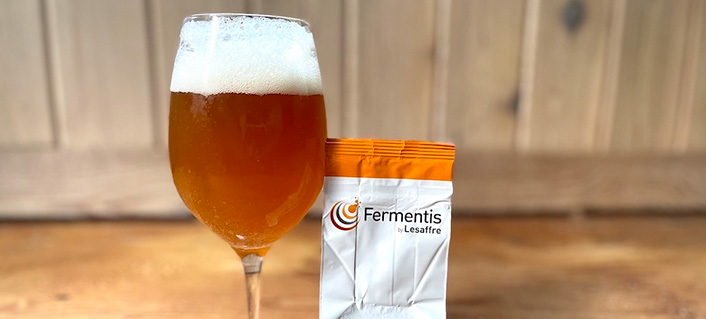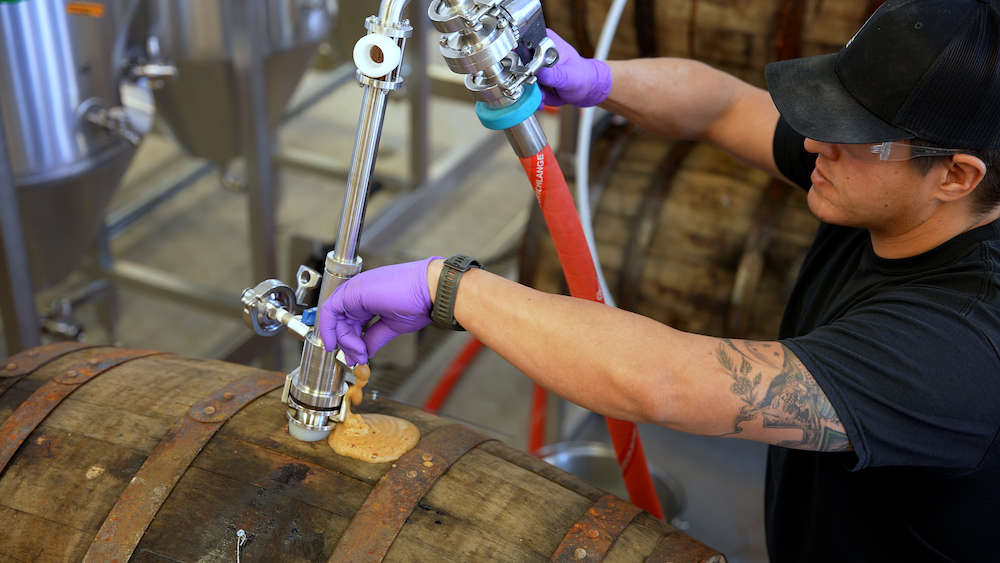BR-8 In The Brewhouse

SafBrew BR-8 from Fermentis is the first Brettanomyces bruxellensis yeast available to brewers in a dry microgranular format. It offers all the flavor benefits of other wild or propagated Brettanomyces cultures, but with more control, reliability, and shelf stability. It was selected specifically for secondary fermentation in bottles or casks.
We chatted with Kain Escobar, Senior Manager of Brewing and Distilling Research at the Rahr Eagle Brewery, to hear about his recent outing with BR-8.

Bottom line, what did you like about working with BR-8?
It allows for easy repeatability and consistency when making Brett beers. The product is resilient in shipping and storage, it’s easy to use, and eliminates some leg work in inoculation (for example, weighing out vs. counting cells).
What kind of beer did you use BR-8 in, and how?
To trial BR-8 in a secondary fermentation, we brewed a beer similar to the base used for Orval. The grist was:
37% Dingemans Pale Ale
24% Dingemans Pilsen
7.5% Crisp Dextrin
7.5% Weyermann® Munich Malt Type 2
1.3% Dingemans Cara 45
22.7% Clear candi sugar
It was kettle hopped and dry-hopped with Tradition, Hersbrucker, and Styrian Golding. Primary fermentation was conducted with BE-134; once it achieved terminal gravity, it was centrifuged and dosed with BR-8 at bottling.
What flavors/aromas did you get from BR-8?
We did a series of sensory panels to evaluate the packaged product over time. Fruity, tropical (pineapple, dried fruit) and spicy (clove) character were apparent at 30 days after packaging. By 90 days, more earthy Brett flavors like sherry and leather came out.
What advice would you give to a brewer curious to try it out?
Treat it like any other non-house yeast strain or microbe: try to keep the location and equipment being used for this product separate from the regular production location and equipment to avoid cross-contamination. Good practice would be to have labeled, designated hardware and hoses for this type of product. Also, this may be overkill for some, but the use of sani foot baths can help keep Brettanomyces confined to only the spaces where you want it.
If inoculating in a tank prior to packaging, ensure that tanks are fully homogenized and mixed; same goes for the priming sugar.
Make sure to use Belgian-style bottles for this product due to the higher volumes of CO2 it can produce.
The flavor profile will evolve over time, so use that to your advantage for marketing the product. If you notice the product hits your ideal flavor profile at a certain age, then store inventory in the cooler to slow down the changes and prolong that window.